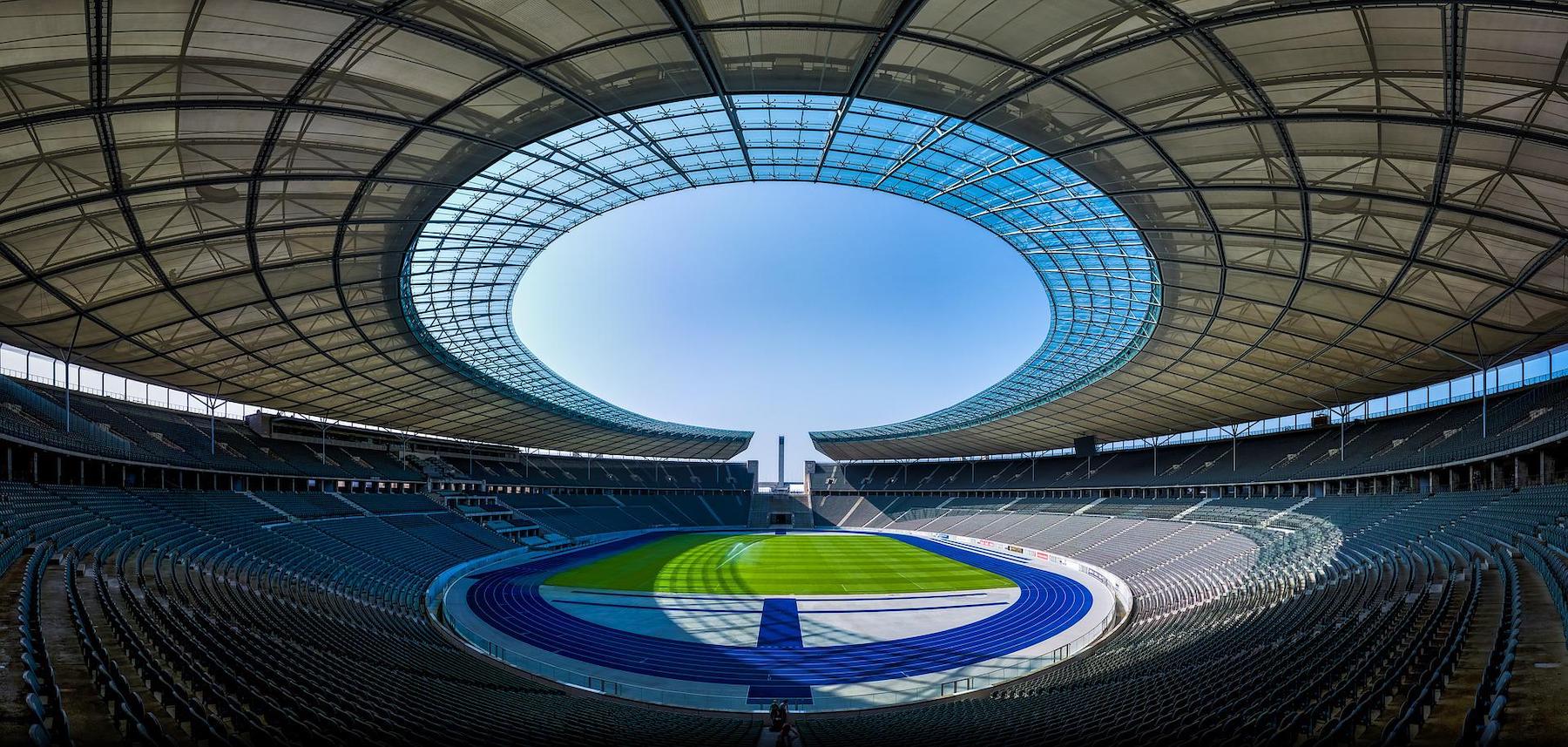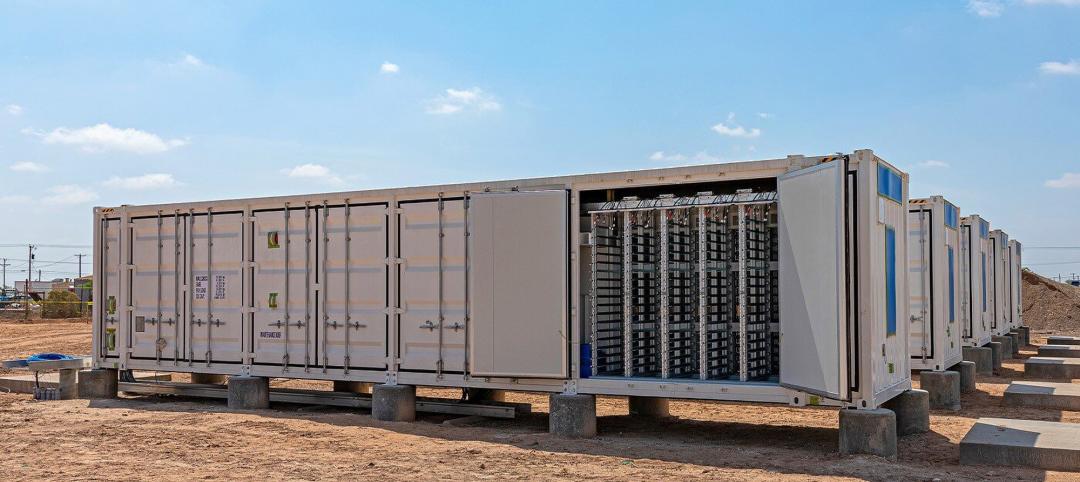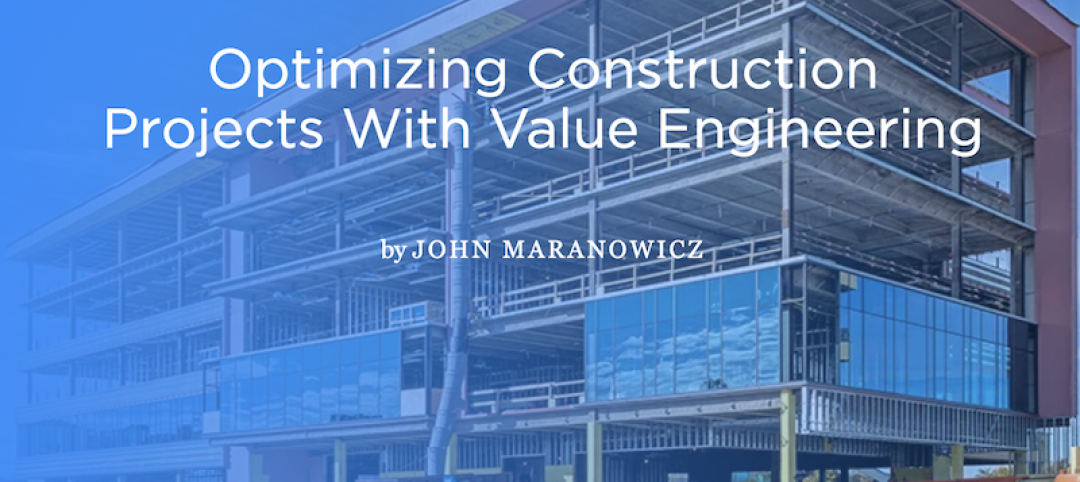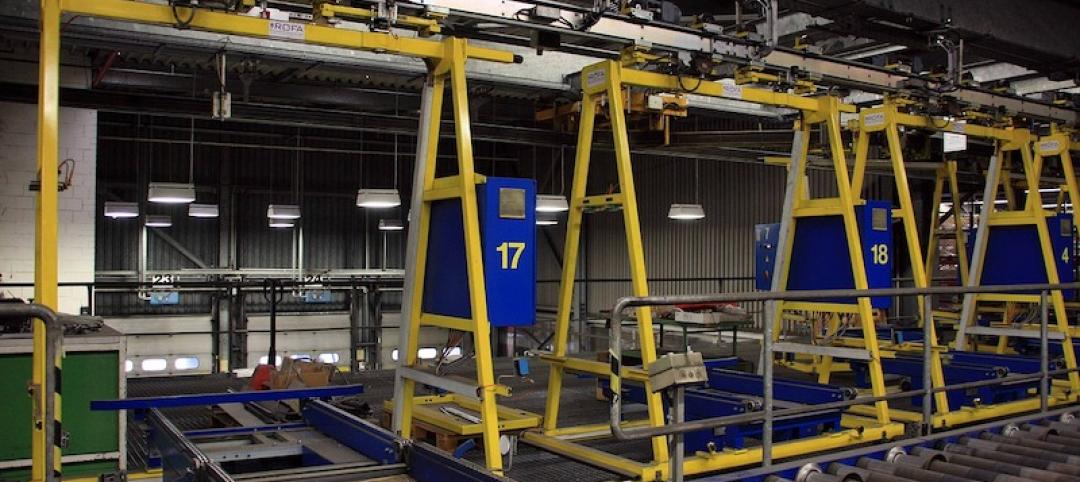Sports and entertainment are passions, and the venues that house these activities bring people together. This uniting effect fuels fandom, which in turn fuels communities and economies.
Traditional sports and entertainment venues are fading as teams and entertainment entities strive to move toward more diversified entertainment districts. To be successful, future developments must be dynamic centers of interconnectedness, which adapt to seasons and even time of day to reach optimal year-round use. Advanced technology, automation, transportation, population density, and diversity of options and people are rapidly changing the way we envision sports and entertainment developments.
Drive and Manage Growth Through Integration
Prime real estate is often used for these districts, which include hotels, retail, restaurants and more. Given this, in the future, total integration is crucial to maximum profitability. When it comes to the development of districts driven by sports and entertainment, it is vital for municipalities and private owners to understand how to manage these developments as they grow and gain a foothold in communities. When it comes to planning, analytic tools such as origin destination studies, traffic and predictive modeling, and land use predictive analysis can all play a significant role in understanding what future growth could look like and what can be done to help manage that growth.
In many sports-centric cases, district projects are moving toward privatization with teams going beyond stadiums and taking ownership of the real estate surrounding their venues. Since greenfield sites in urban areas are at a premium, in the future, embracing and integrating old and new — including buildings and transportation infrastructure — will be critical to drawing both investment and people to a district.
Consider event spaces that can serve dual purposes on game day and non-game days or concourses that can merge into streets and create functionality that goes beyond sporting events. Districts that integrate naturally and seamlessly with electric grids, communications networks, rail, roadways and waterways will be important. Brownfield sites, in particular, present significant opportunities for cities and developers to revitalize and reinvest in tired infrastructure while building upon an existing identity.
Venue Size and Community Buy-In Matter
The coliseum model has served sports well over the centuries, but the future looks different. Getting varied thoughts and inputs from proposed users at the outset of a project can lead to better, more meaningful outcomes because the people most engaged are the ones most likely to actively support a completed development. Once finished, districts should use technology to encourage fan interaction and to facilitate community-building and unique experiences, both live and remote. The entertainment venues of the future need to maintain fan engagement and connectivity, which will drive loyalty to teams, sponsored brands and venues.
Moving forward, venues need to be more compact and flexible. The new district model must consistently serve a large and enthusiastic sports or entertainment crowd, while also being capable of adjusting to smaller, impactful events and crowds. Most stadiums today are too large, appropriate for only large-capacity events, ignoring smaller attendance averages. Overbuilt venues push fans too far from the action. Crowds thrive on live, exciting engagement, and often blur the lines between watching versus participating in and having an impact on an outcome.
As technology advances, audience consumption will evolve. Event attendance will become even more of an interactive experience. Future fans will expect 24/7 access that not only involves being positioned closer to the action, but also to operations behind the scenes.
The next generation of sports and entertainment enthusiasts will expect a closer look at all aspects of a game or event given the increasingly active role they play in creating, distributing, marketing and consuming event content, via social media.
Embrace Authenticity
How a development connects and moves people is important and will differ depending on objectives and needs. It’s crucial to understand the heart of a district and the surrounding community by identifying what matters most to its stakeholders. Responding to environmental conditions and being sensitive to local resources can transform a tired location with little life into a revitalized area brimming with excitement and community support.
For instance, when looking at districts anchored by sports teams, authenticity is important. A truly authentic development presents the greatest opportunity to capture both pride and ethos of both a community and its team. A venue authentically rooted in both the city and the team brand represents the boldest opportunity to thrive and drive revenue.
Districts built around sports and entertainment should not be considered just blank canvases. They must make visitors feel rooted in a place, paying homage to all that makes an area distinct. For example, if an area is known for its artists, the district should highlight artistic works. The Battery in Atlanta, LA Live in Los Angeles, Kansas City’s Power & Light District, and the Deer District in Milwaukee are examples of great developments that embrace authenticity and all that is unique to the surrounding communities.
Play to Win
Ultimately, capturing the users’ imagination is an important determining factor of a lasting and supported district. Regardless of the community, it is critical that developers create entertainment-and-sports-centric districts that make people feel safe and comfortable where they play and spend their time. An experienced design-build partner can help district project owners maximize profitability by challenging traditional district-building thinking, attracting innovative financing and encouraging venue multifunctionality.
Strategies that make these developments feel like part of a bigger community and pay attention to factors such as transportation, technology, connectivity and authenticity are most likely to be successful over the long term.
More from Author
Burns & McDonnell | Oct 23, 2024
Navigating battery energy storage augmentation
By implementing an augmentation plan upfront, owners can minimize potential delays and unforeseen costs when augmentation needs to occur, according to Burns & McDonnell energy storage technology manager Joshua Crawford.
Burns & McDonnell | Sep 24, 2024
Generative AI can bolster innovation in construction industry
Jeff Danley, Associate Technology and Innovation Consultant at Burns & McDonnell, suggests several solutions generative AI could have within the construction industry.
Burns & McDonnell | May 25, 2023
4 considerations for increasing biodiversity in construction projects
As climate change is linked with biodiversity depletion, fostering biodiverse landscapes during construction can create benefits beyond the immediate surroundings of the project.
Burns & McDonnell | May 1, 2023
Utilizing computer vision, AI technology for visual jobsite tasks
Burns & McDonnell breaks down three ways computer vision can effectively assist workers on the job site, from project progress to safety measures.
Burns & McDonnell | Mar 20, 2023
Battery energy storage market predictions are trickier than ever
Burns & McDonnell breaks down the state of battery energy storage today, from pricing concerns to alternative solutions.
Burns & McDonnell | Dec 12, 2022
Supplementing workplace connections through digital knowledge networks
Zachary Wassenberg of Burns & McDonnell breaks down three applications for digital knowledge networks: training, libraries, and instructions.
Burns & McDonnell | Jan 4, 2021
Optimizing construction projects with value engineering
When value engineering is referenced in our industry, our minds may immediately go to a process that reduces project cost by slashing scope or decreasing the quality of materials used. However, that is not necessarily what the definition should be.
Burns & McDonnell | Oct 14, 2020
Altering facilities for a post-COVID-19 world
There are several possibilities when it comes to reconfiguring or adjusting a space to maintain the health and safety of workers, from reorganizing spaces to enable social distancing measures to full teardown and reconstruction of a plant.
Burns & McDonnell | Jun 23, 2020
A look back at design standard shifts: ADA vs. COVID-19
The short story is official design guidelines are slow to be developed and made into law.
Burns & McDonnell | Apr 8, 2020
Navigate supply chain and manufacturing challenges during disruption
First, most important and most complex: Create an extensive safety plan for your facilities and job sites that protects both the personnel onsite and the end users of your product.
















